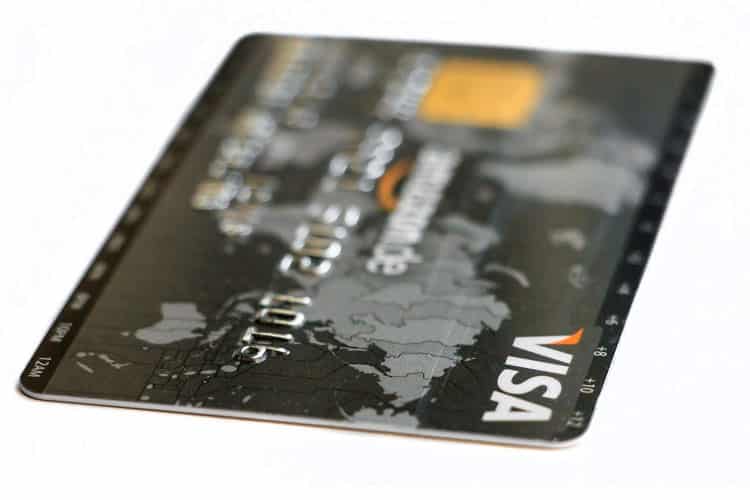Visa has one of the largest bank card networks in the world. A major competitor of Mastercard, Visa offers secure means of payment within the reach of all budgets. The Visa Electron card is one of its most affordable offers. More and more people are using this bank card by abandoning the famous Visa Classic card. Are you also planning to adopt the Electron card? In this dedicated article, F3NWS.fr makes you discover everything you need to know about this bank card, but also its differences with the Visa Classic card.
The same insurance and assistance guarantees
Visa Electron and Classic cards come with the same guarantees of insurance and assistance. Thus, by holding one of these bank cards, compensation is offered in the event of accidental death or permanent disability. Assistance guarantees in the event of illness or injury, legal proceedings abroad or even an accident on an open ski slope are also offered to holders of these Visa cards.
This is a payment card. You can therefore settle a large part of your payments with these cards. They are also compatible with all ATMs that accept VISA cards. It is the same for all merchants who accept these cards. You can therefore use the Visa Classic card, but also the Visa Electron card in France and abroad without any problem.
What are the differences between the two cards?
Certainly, the two cards have similarities. However, they are also different on several notable points. Knowing these differences can help you choose the Visa credit card that’s right for you.
Different pricing
The fees for using Visa Electron and Classic cards may vary from bank to bank. In any case, the pricing of the Visa Electron card will always be more affordable. This card may therefore suit you perfectly if you wish to limit the annual contributions requested by your banker for the use of your bank card.
The contactless option is absent on the Visa Electron card
The Visa Classic card is known to be a very convenient contactless payment method. You should know that this option is not offered on the Visa Electron card. You will therefore not be able to use it on a contactless payment terminal unlike the Visa Classic card.
The withdrawal limits
The withdrawal limits for the Visa Electron card are much lower than those for the Visa Classic card. With the first bank card, the withdrawal over 7 rolling days is generally limited to € 300 in France against € 800 abroad. With the Visa Classic card, you can however withdraw up to € 1,000 over 7 rolling days. Electron is more interesting if you want to have better control of your budget and your expenses. On the other hand, the Visa Classic card will be more suitable if you need significant cash. Note, however, that these withdrawal limits may vary from one bank to another.
Payment ceilings
Just like withdrawals, the payments you can make with the Visa Electron card are lower than what you could pay with the Visa Classic card. The Visa Electron card is therefore suitable for you only if you pay for purchases of an amount less than € 300 over 7 rolling days. With the Visa Classic card, payments over 30 rolling days can reach € 3,000.
Authorizations for bank overdrafts
Overdrafts are authorized with the Visa Classic card. Your card will never be refused until your banker decides. Note, however, that bank charges are higher in the event of exceeding the limits and overdrafts. With the Visa Electron card, no bank overdraft is allowed as is also the case with a prepaid bank card. It is possible, in certain cases, that your bank card is refused. This is particularly the case with certain online payments and payment in several installments.
Read this article to learn how to stop your credit card.






